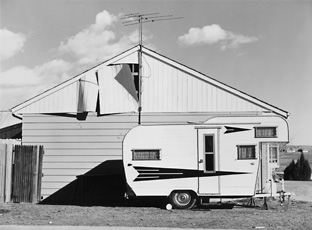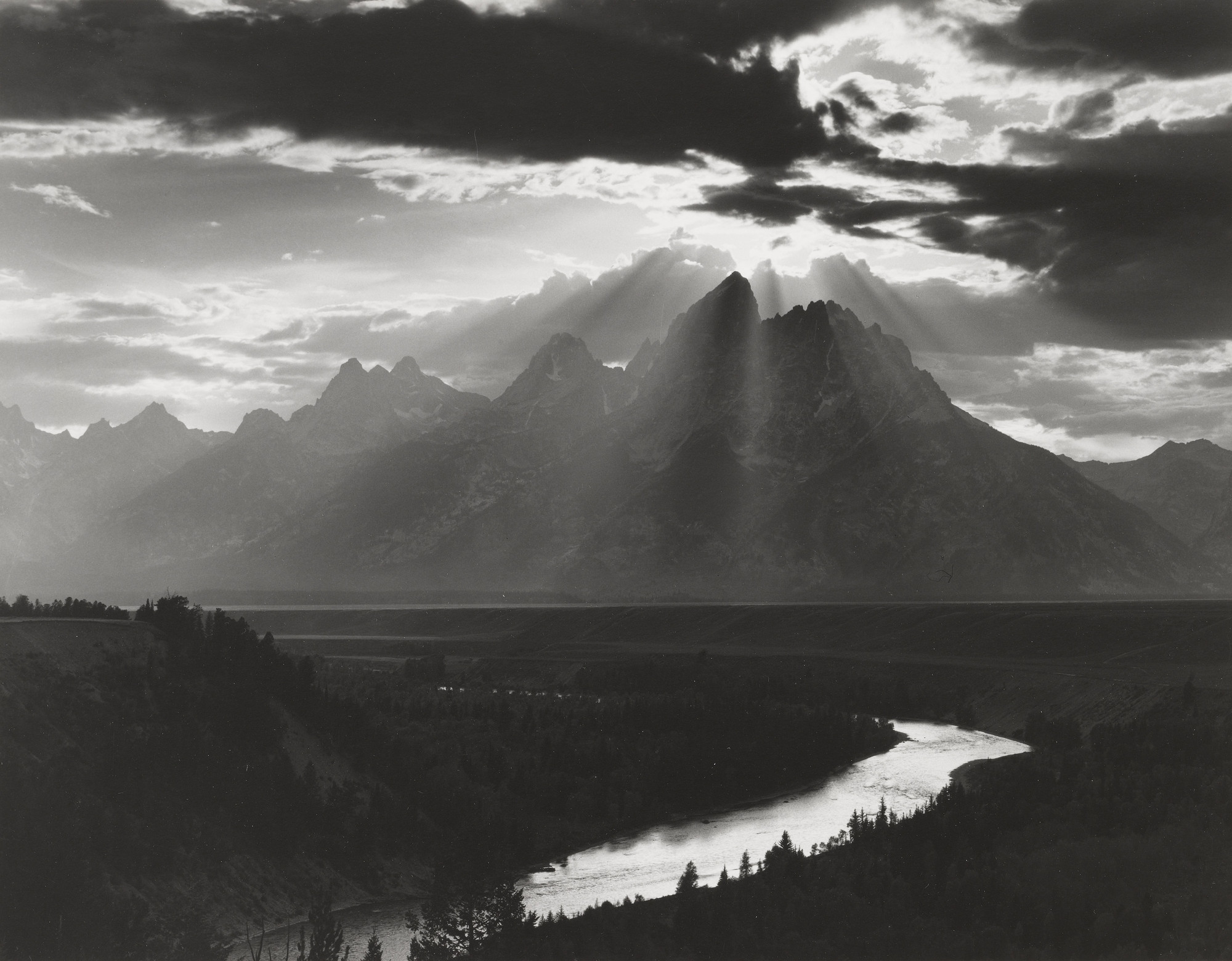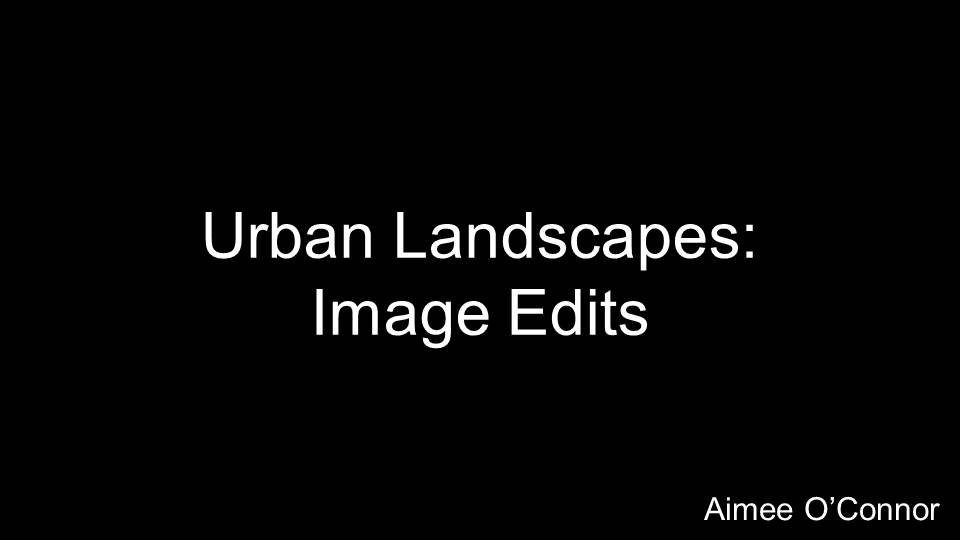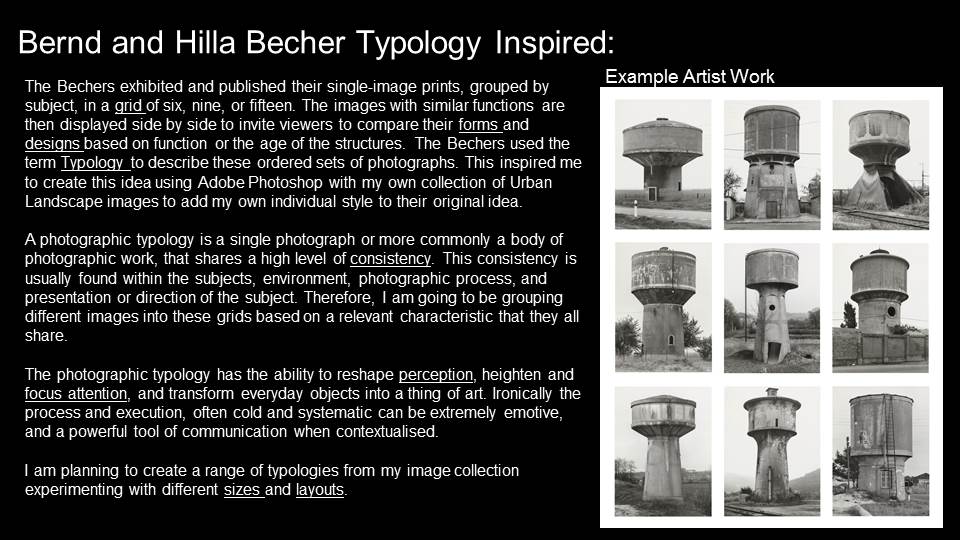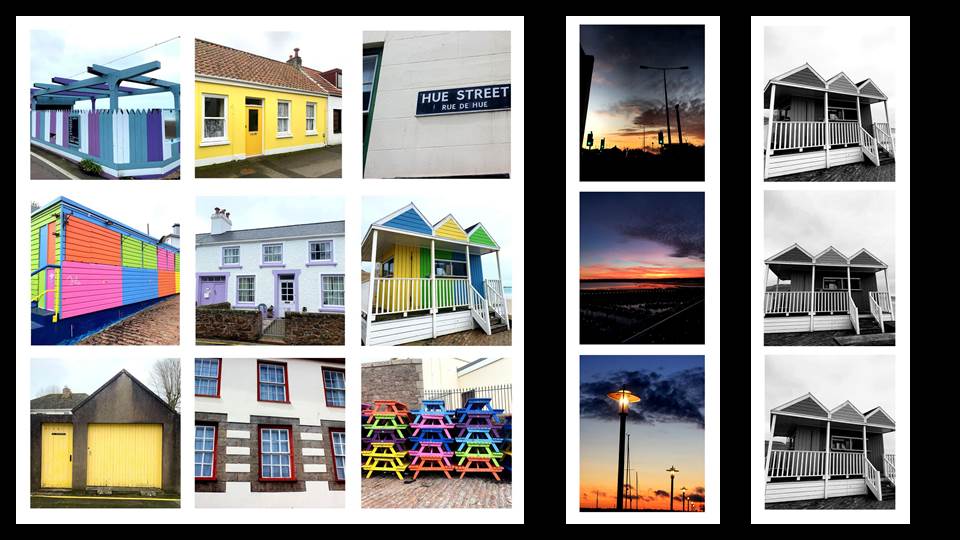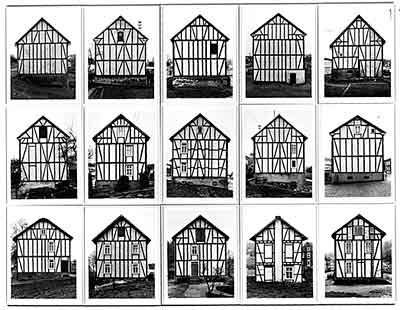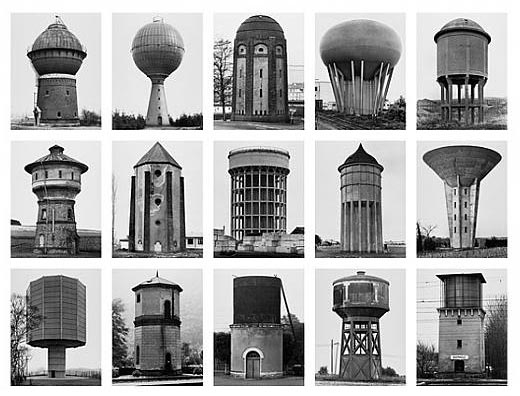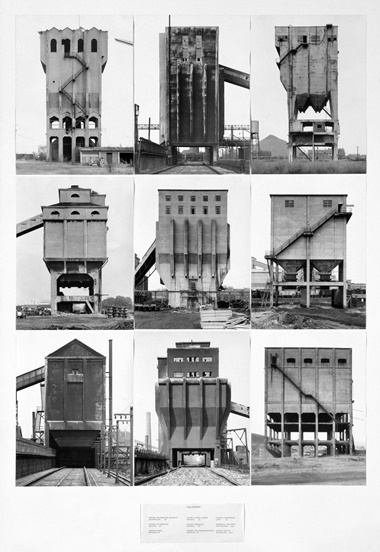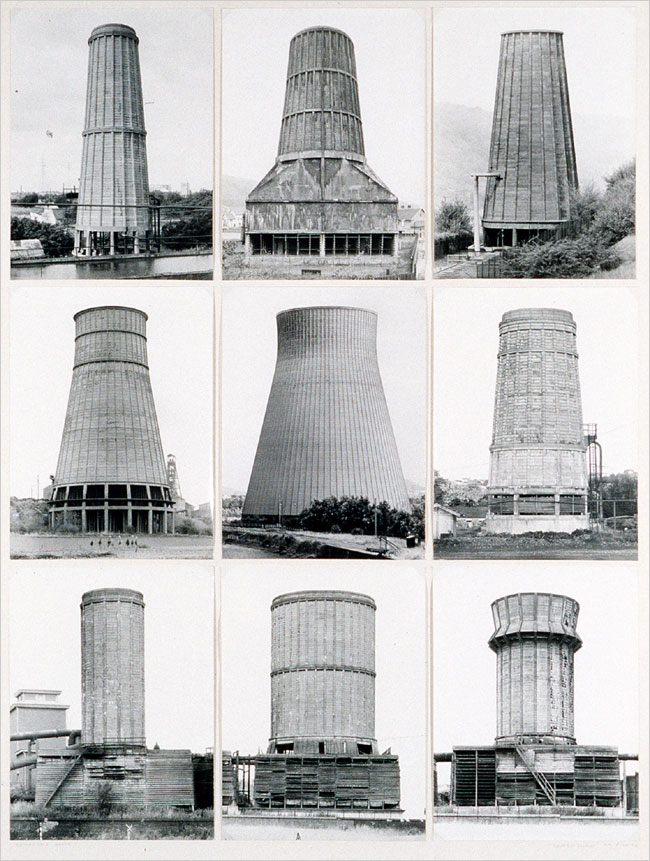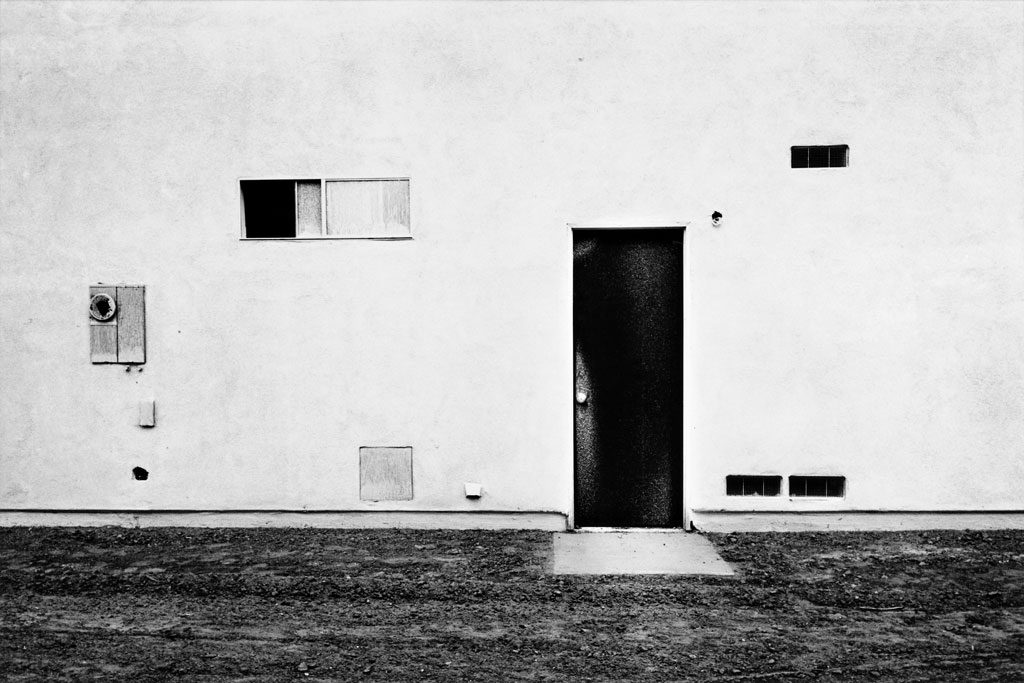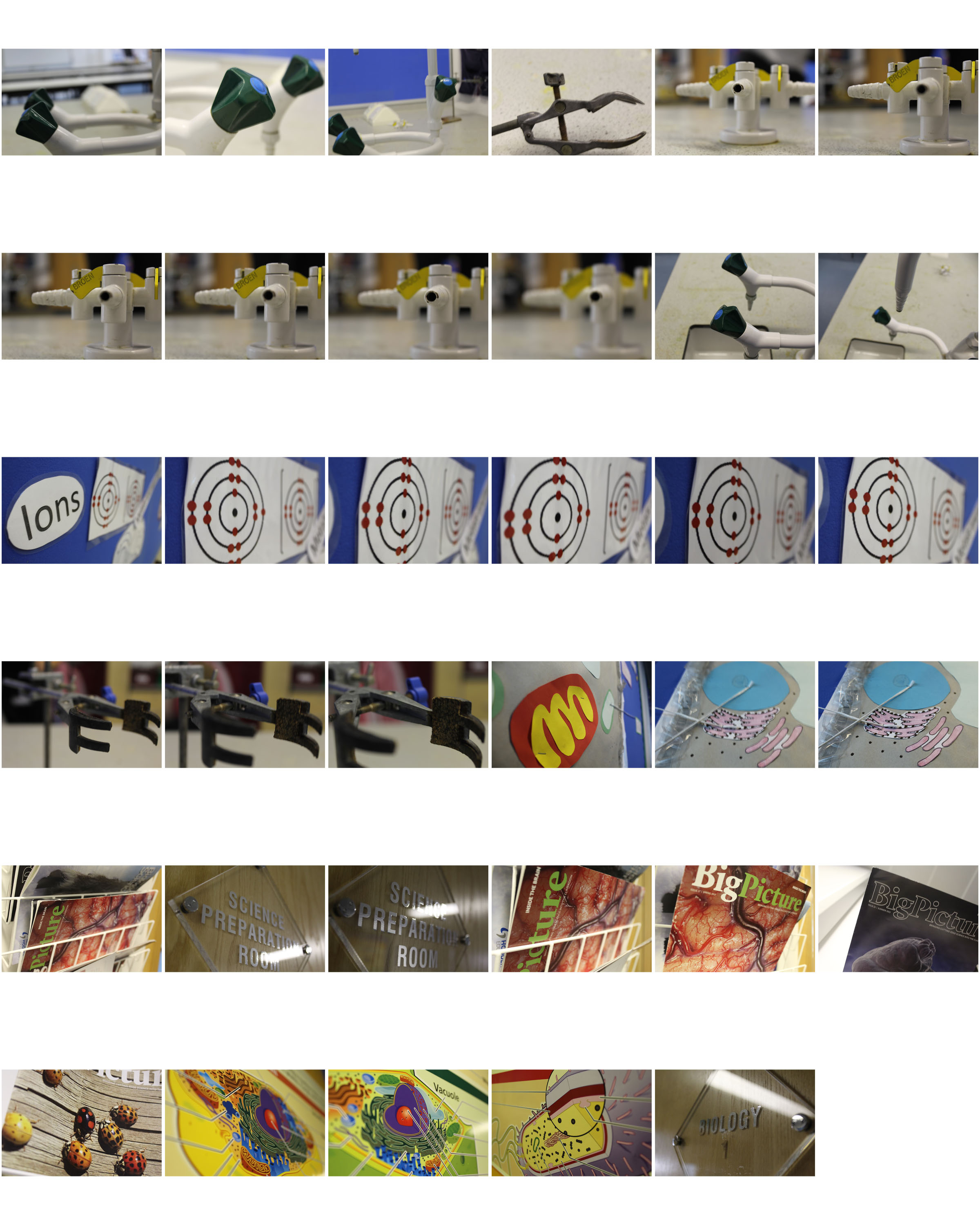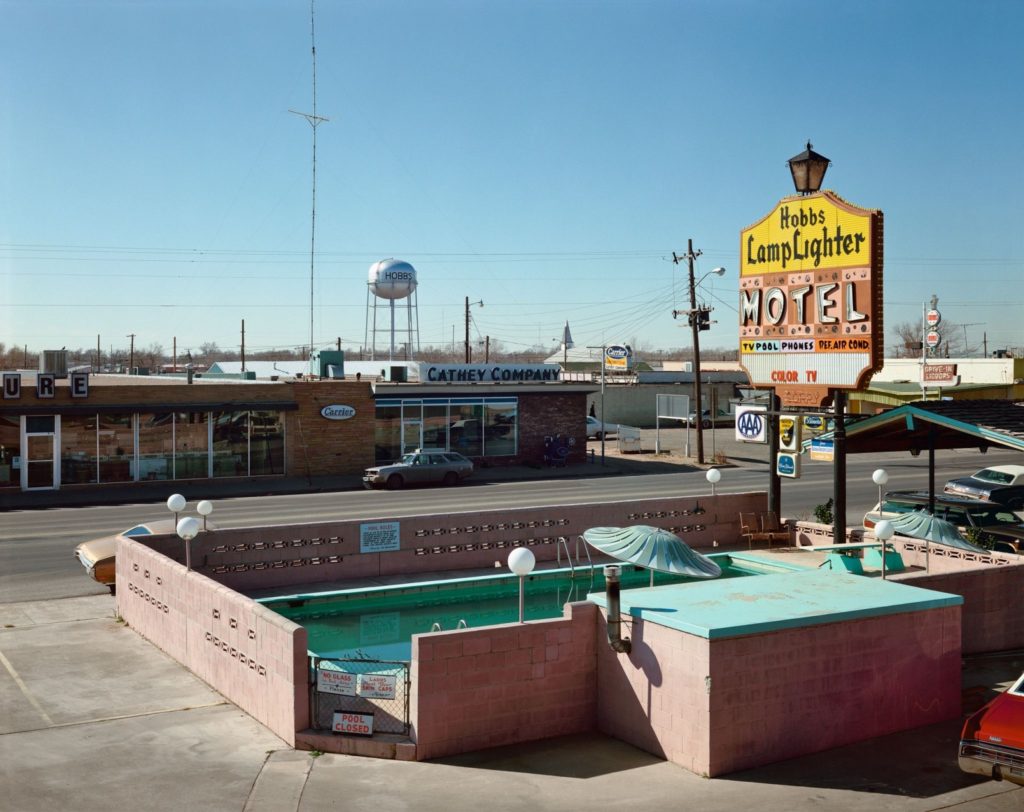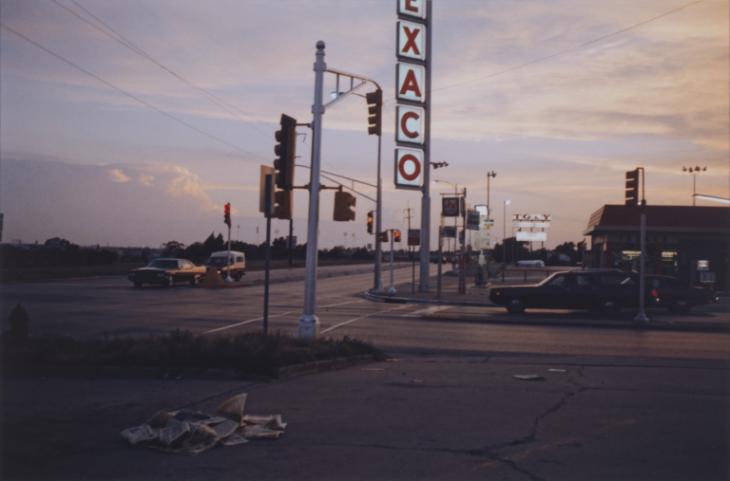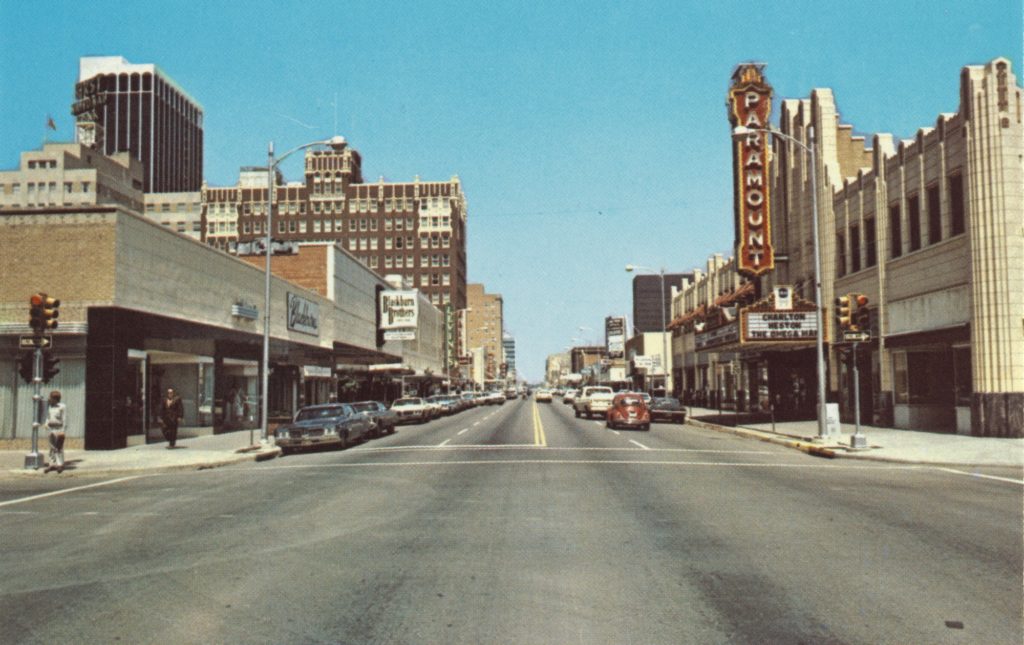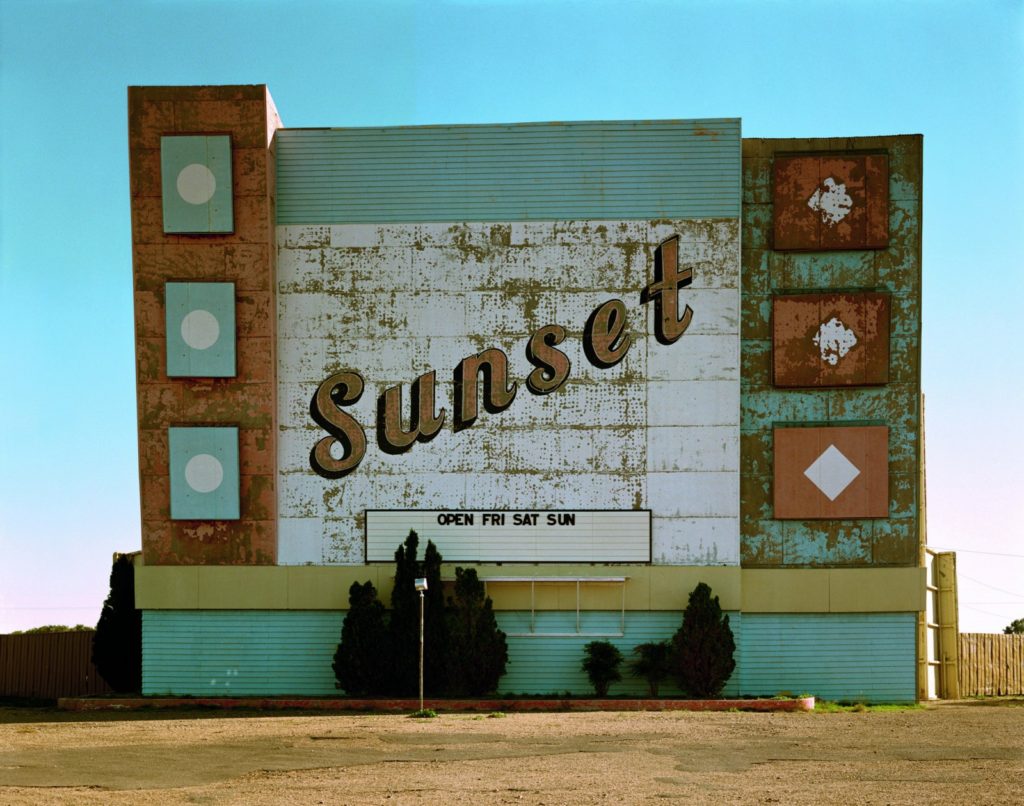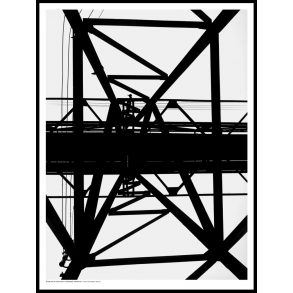Urban landscape photography is a development from traditional landscape photography where, instead of focusing on a natural landscape with minimal human impact, the photographer captures images of a town or city, showcasing the maximum of human impact. This can be done either from within the city itself, as a cityscape, or as a bird’s eye view from above.
It can be black and white or in full colour, depending on the photographer’s choice. Here are some examples of some more modern urban landscape photography:




“New Topographics: Photographs of a Man-Altered Landscape” was an exhibition that used this new style of photography and completely altered the whole genre of landscape photography, not just in North America, but also in Europe and the rest of the world also. The show opened in 1975 in New York and remained open for the public to view until 1976.
It was curated by William Jenkins and featured the key photographers Robert Adams, Lewis Baltz, Nicholas Nixon, Frank Gohlke, Joe Deal, John Schott, Stephen Shore and Henry Wessel Jr. They photographed a series of images, normally of abandoned industrial buildings or town across the USA and Europe, with most photographers (except for Stephen Shore) shooting in black and white.

They were attempting to find and showcase “the beauty in the banal”, how the modern landscape was rapidly changing and becoming more industrial and how this vast industrialization across the world contains its own type of beauty.


